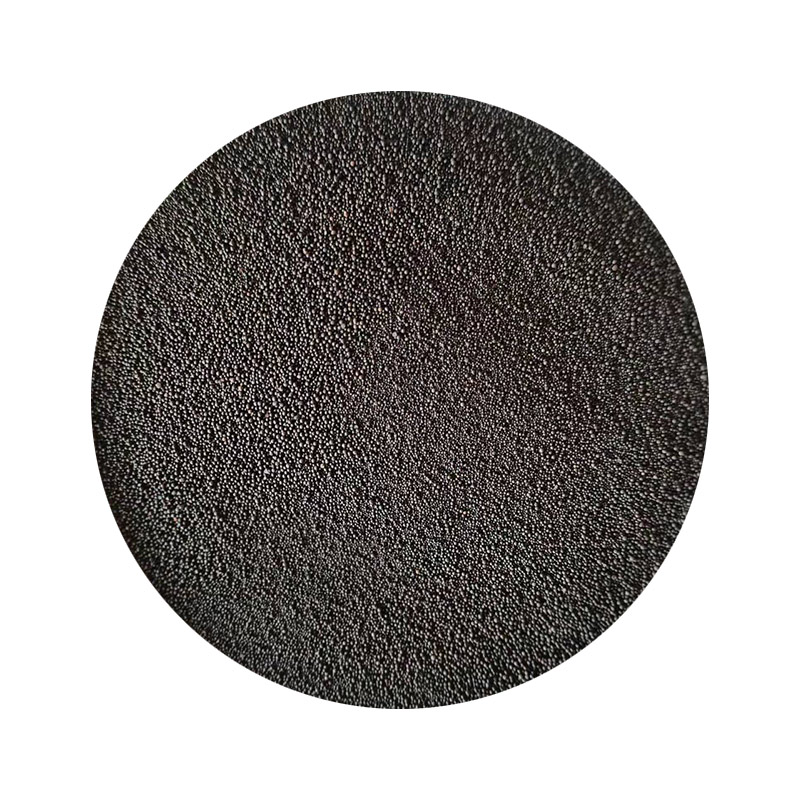

Each sand type also brings its own challenges. For instance, the health hazards associated with silica dust demand stringent control measures, whereas chromite and zircon sands, despite their superior properties, suffer from higher costs and less availability. These considerations necessitate a balanced approach to sand selection based on both economic and operational criteria. In practice, most foundries operate with a blend of experience and experimentation, continually adjusting sand mixture recipes to optimize their processes. Updating formulations based on component size, material type, and even anticipated production volume ensures not only efficient workflows but also adherence to quality standards expected in particular industries, such as automotive or aerospace. The evolution of sand casting sand types reflects a dynamic process, responsive to technological advancements, environmental concerns, and the ever-changing demands of the manufacturing sector. For a facility aiming to maintain a competitive edge, an in-depth understanding of different sand types and their appropriate applications is indispensable. In a landscape driven by precision and perfection, the right sand choice is a fundamental component of success. As sand casting continues to evolve, so does the understanding and innovation surrounding the types of sand used. The pursuit of new sand types and techniques foreshadows a future where cast metal components will achieve higher degrees of quality and precision than ever before, underpinning stronger, more reliable products across various industries. Post time:1 月 . 15, 2025 09:19
Next:types of sand used in sand casting
